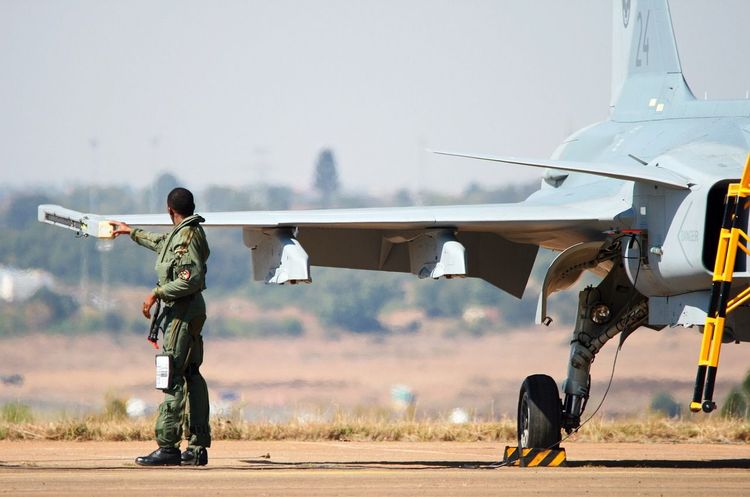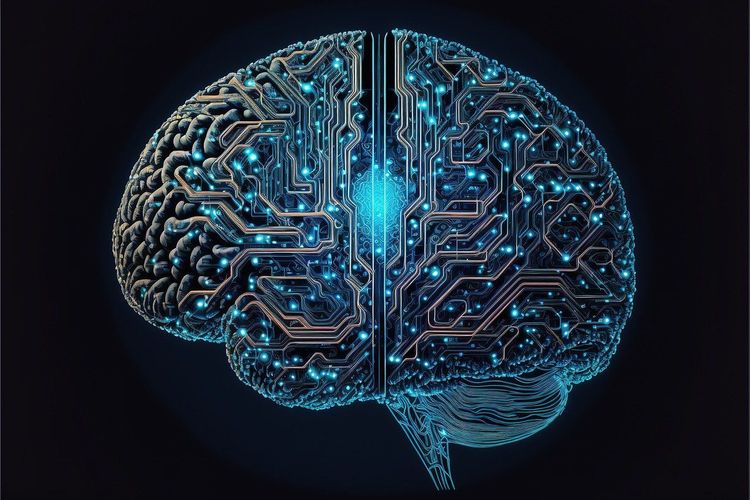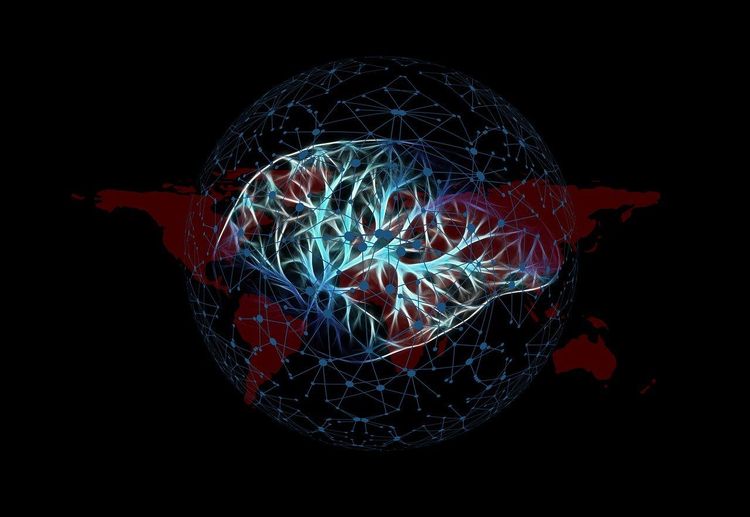Does the future of AI excite you? Scare you? Leave you feeling both thrilled and anxious? It's understandable if you feel a mix of emotions about a world filled with both incredible potential and serious risks. Personally, I’m apprehensive about the upcoming 2024 elections. With rampant misinformation and highly convincing AI-generated imagery becoming widely accessible, we are bracing for a particularly contentious political climate.
If you've spent time on Instagram, you've likely come across captivating photos enhanced by Photoleap or videos transformed by Videoleap. The company has unveiled next-generation video editing software capable of transferring styles from one video to another. While it’s not perfect, it significantly outshines many other technologies currently available.
To understand this evolving landscape, I spoke with Zeev Farbman, co-founder and CEO of Lightricks, a pioneering force in integrating AI functionalities into consumer technology through apps like Photoleap and Videoleap.
I’m aware of the implications. AI is akin to dynamite—it can be wielded to build pathways or cause destruction. However, unlike dynamite, the regulatory framework surrounding AI remains largely uncharted.
Farbman emphasized that the advancements in AI video technology stem from developments in photo AI. He pointed out that innovations like Adobe’s Content-Aware Fill in Photoshop, introduced in 2010, showcase that we are progressing along a technological continuum.
“When it comes to image creation, you could argue that it’s become a largely resolved problem,” Farbman explained. “While the user interfaces still need refinement, anyone knowledgeable can visualize and create virtually any image.”
Moreover, AI animations have emerged as a cutting-edge feature in consumer video technology. Although fascinating, these animations often lack frame consistency, resulting in a surreal visual experience rather than a realistic portrayal.
This landscape is poised for rapid transformation.
One innovative tool Farbman demonstrated allows users to capture a video of their surroundings and apply an AI-enhanced makeover. Picture this tool revolutionizing interior design by enabling you to change wall colors and furnishings effortlessly. You could even virtually transport a room from the present to ancient Egypt under the reign of Ramesses II, or leap into a fantastical realm reminiscent of a Studio Ghibli film.
Two key aspects stand out when utilizing video AI for such transformations. First, the process is entirely hands-free and can be activated with a simple click, ensuring user-friendliness. Second, transformations maintain a consistent narrative, seamlessly transitioning between different timeframes within the same space.
Farbman showcased another tool that lets users sketch on a scene, which the AI then integrates dynamically into the environment. Imagine footage of a flowing waterfall; by drawing a simple shape on the water, the AI interprets this as a boat, creates it, and animates it as it glides along the river—a captivating demonstration of what feels like magic!
As someone familiar with compositing technology (I often work with Adobe After Effects), I find that while the capabilities Farbman introduced are impressive, they are still on the cusp of what skilled artists can achieve. Yet, it’s clear that these innovations are advancing rapidly.
Just as ChatGPT democratized text-based AI, what’s on the horizon for video AI? According to Farbman, users will soon be able to start with a single image and command AI to explore its potential directions. While we're not yet at Hollywood’s level of special effects, the results are sure to be striking.
"If students put on a production of 'Hamlet' in a year," Farbman said, "the visual effects they can leverage won’t rival a Hollywood blockbuster, but they’ll certainly elevate their performance."
Farbman is also aware of the ethical challenges posed by AI, recognizing that it can be misused for dubious purposes. The reality is that once something is technically possible, it’s out of reach to retract it; thus, educating users on AI's capabilities is crucial.
"The genie is out of the bottle," Farbman stated. "States may have utilized deep fakes without public awareness, but now there’s a growing recognition of the need to scrutinize the visuals we encounter." By making this technology more accessible, we can combat misinformation effectively.
This could be a blessing in disguise. As more people experiment with creating and sharing synthetic videos, there’s potential for a heightened critical mindset. The more they understand the capabilities of AI, the more they'll be aware of its ramifications, both positive and negative.
What lies ahead for video AI? Is it conceivable to craft entire films from sequences of AI-generated video content? That certainly seems like the natural progression of our current capabilities. While photo AI may be on solid academic ground, video AI is an exciting frontier with immense potential.
What an extraordinary time to be alive!







